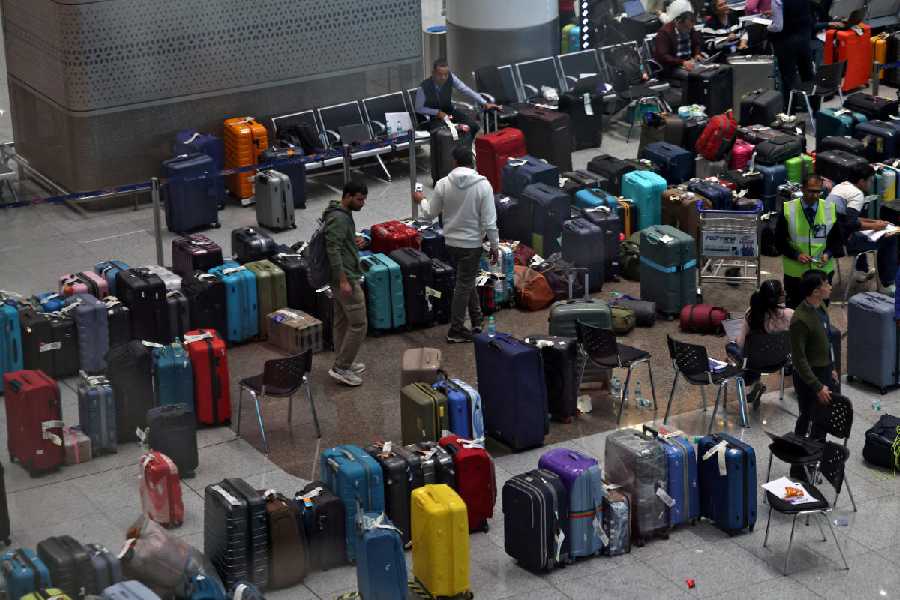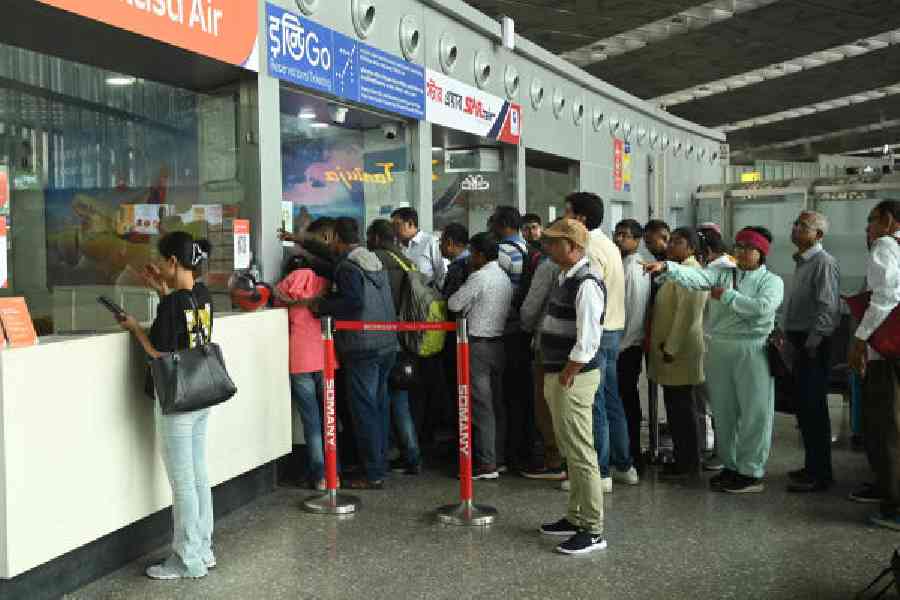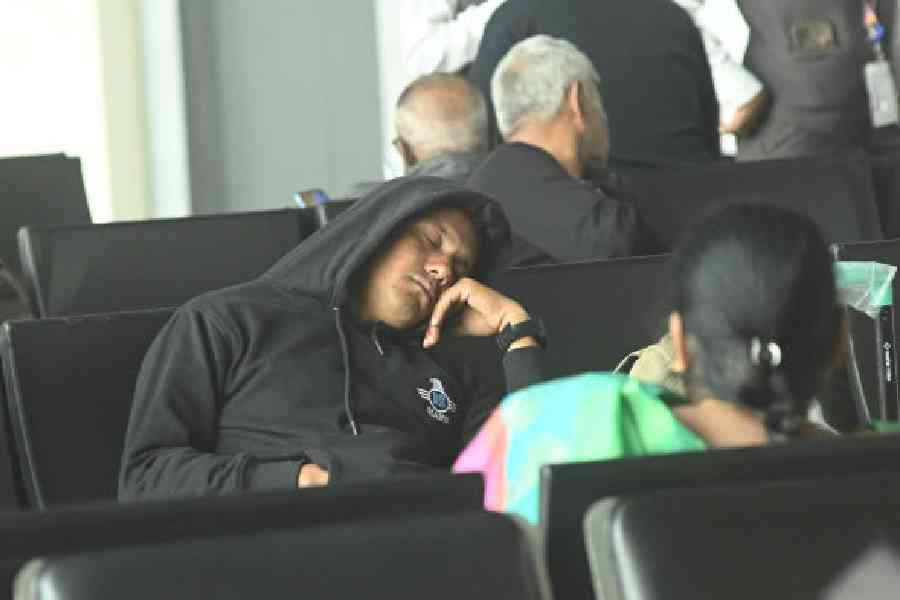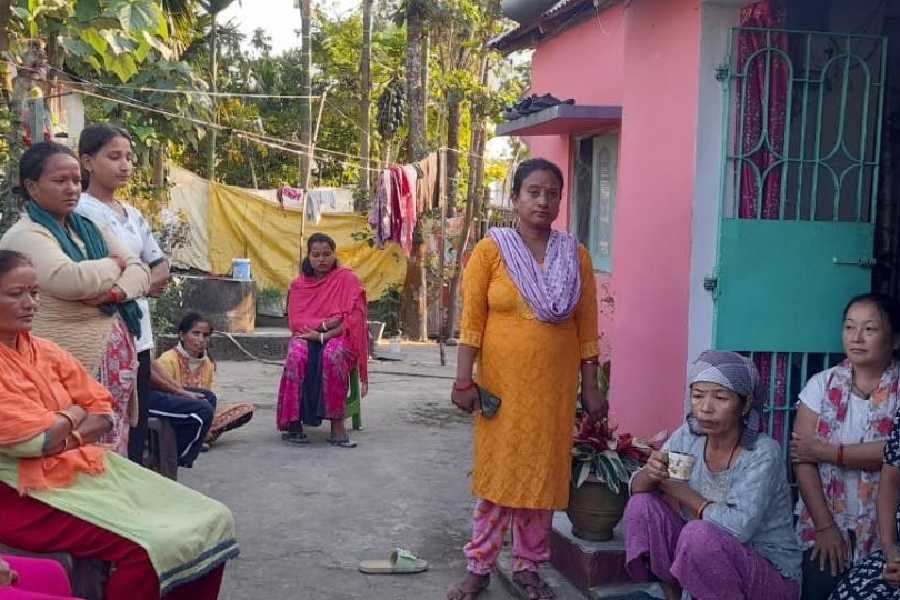|
|
On July 30, the Daily News and Analysis (DNA) office in Mumbai’s central business area of Worli had an unexpected visitor ? Samir Jain, managing director of Bennett, Coleman & Co. Ltd. The boss of India’s largest print media company, which publishes The Times of India (TOI) and other newspapers and magazines, had dropped in to congratulate DNA staff on the launch of the new newspaper. DNA editor Gautam Adhikari took Jain and his entourage of senior managers around the newsroom. “It was nice of him to come to our office on the day we came out with the paper. We thank him for that,” says Sudhir Agarwal, managing director of the Rs 1,800 crore Dainik Bhaskar group, which has launched DNA in a 50:50 partnership with Subhash Chandra’s Zee group.
But such bonhomie did not quite mask the intense war that has been on in India’s commercial capital for the last few weeks. In three months, as many new newspapers have been launched ? DNA, The Hindustan Times which launched a Mumbai edition in mid-June and Mumbai Mirror, a tabloid kicked off by Bennett, Coleman. Mumbai, which had four general dailies and four financial dailies, now has a tally of seven general newspapers and four financial dailies.
Sample this too, to see how intense the war is ? DNA wants to pay TOI back in its own coin. “We want to do in Mumbai what they have done elsewhere,” Agarwal declares. Essentially, that means cutting cover prices. DNA is being sold at half of TOI’s cover price. Others too are taking potshots at rivals. Vir Sanghvi, editorial director of The Hindustan Times, dismisses DNA as “a tired retread of TOI’s ideas produced by ex-TOI people” which he says is not half as good as TOI. Adhikari says DNA wants to be “different, but not radically different” from “The Times.” He discounts The Hindustan Times Salman Khan tape story that appeared when the paper was launched in the city: “It’s a magazine type story. If such a strategy worked, The Indian Express would be the number one paper in Mumbai.”
The reason newspapers are jousting for a piece of Mumbai’s action is obvious ? the city’s print media rake in an estimated advertising revenue of Rs 1,300 crore a year, more than half of it accounted for by The Times alone.
The first round
To be sure, media watchers argue that Mumbai has long been an under-exploited market, dominated by TOI with a weak number two, a position claimed by both the Express and The Asian Age. This is not counting afternoon tabloid Mid-Day (daily circulation: some 1.60 lakh copies) which has so far been the principal challenger to TOI. According to a National Readership Survey, 57 lakh people can read and write English in Mumbai, versus nearly 37 lakh in Delhi. But the combined circulation of English language newspapers in Mumbai is under 9 lakh; in Delhi, the figure is close to 17 lakh, according to Lakshmi Narasimhan, national director (central trading group) of GroupM, one of the country’s biggest media buyers. “Mumbai has a huge potential for English language newspapers,” he says. Girish Agarwal, marketing director of the Dainik Bhaskar group, adds that Mumbai can absorb nearly a million new readers. “This is the reason we have come in,” he declares.
Significantly, Mumbai’s media war won’t be confined to the metropolis ? it will quickly spill over to New Delhi. Last month, DNA acquired a 10-acre plot in Greater Noida, where it plans to put up a press and office soon. DNA hopes to launch editions in all four metropolitan cities. “But we plan to do it fast in Delhi,” reveals Sudhir Agarwal.
So who’s winning the first round of this war in Mumbai? TOI clearly has remained way ahead, though each newspaper insists that it is going great guns. Sudhir Agarwal says that within a week of its launch, DNA added some 24,000 copies (according to Agarwal the current print order is 2.97 lakh). Sanghvi says his own target was in excess of one lakh copies when the paper was launched on June 14 and that he was “startled when the paper took off so quickly.” Bhaskar Das, executive president at Bennett, Coleman, says The Times circulation has been steadily rising for the last couple of months. The rise in circulation is partly due to the fact that buyers of the daily now get a complementary copy of Mumbai Mirror, he adds. Mumbai’s newspaper war is being fought on several fronts:
Through alliances:
The Hindustan Times and TOI closed ranks against DNA, agreed to run each other’s advertisements, not to poach each other’s staff (Sanghvi denies that any non-poaching agreement exists) and to print Mumbai Mirror and The Economic Times at The Hindustan Times press. The agreement, Girish Agarwal points out, indicates that DNA is “the common enemy”. Indeed, DNA is widely perceived as being a bigger threat to English language newspaper groups because of its deep war chest (the Agarwals told a journalist that they’re ready to spend hundreds of crores of rupees in Mumbai) and its national plans.
Through editorial content and the number of pages:
The Times has significantly expanded news coverage. The paper has two sections, The Times of India and Times International, which includes Bombay Times, the city supplement. It also introduced supplements on health, trend, science and technology. Unquestionably, DNA fell short editorially of the expectations aroused by its multi-crore rupee high decibel advertising campaign, though it has been improving since then. The Hindustan Times, on the other hand, is slickly produced, better designed and uses better newsprint. It launched with a bang with a report on the Salman Khan tape.
The war has also spawned the bulky, 40 plus-page newspaper. DNA offers 44 pages a day, The Hindustan Times has, on an average, 40 pages and TOI has raised its page count from 32 to 48. The basic idea here is to occupy the reader’s mind fully so that he won’t look at other newspapers, never mind that Mumbai’s busy public won’t have time for this information overload.
Circulation and distribution:
These are the other facets of this war. DNA and The Hindustan Times claim an average Mumbai circulation of 2.90 lakh and 2 lakh copies, respectively. TOI leads with some 5.23 lakh buyers (Audit Bureau of Circulation figures from July-Dec 2004) in greater Mumbai. Bennett, Coleman executives say that circulation in greater Mumbai is now 6 lakh. Bennett, Coleman claims daily news stand sales of about 60,000 for Mumbai Mirror.
Predictably, rivals are quick to dismiss the circulation figures of other newspapers. Says a senior source at The Hindustan Times: “Our estimate is that DNA’s circulation is at best one lakh, excluding the huge samplings that are given away free.” A Bennett, Coleman source says that while 90,000 copies of DNA are being sold every day, the figure for The Hindustan Times is 70,000 copies. It is difficult to assess the veracity of such claims because the Audit Bureau of Circulation does not audit the newcomers to Mumbai. Exasperated by rumours that DNA is not faring well, Sudhir Agarwal says that DNA will offer a “green card” to journalists, ad agency and marketing executives to visit its press from August 22. “You can check our newsprint stock, see for yourself the number of papers being printed and loaded for distribution,” Agarwal says.
Strikingly, nearly all newspaper companies have hit the subscription trail to ramp up their circulation numbers. Subscriptions are common in the newspaper business but in Mumbai many are buying readership by offering substantial discounts on the cover price. Subscribers to The Hindustan Times for a year get the paper for 96 paise a day (the “invitation” cover price is Rs 2.50) ? and subscriptions account for half the newspaper’s circulation in Mumbai, according to a senior source in the paper. DNA is not offering a discount directly. Before the paper was launched, it had said that its cover price would be Rs 4. It offered subscribers an introductory price of Rs 2 for six months. Subscribers were entitled to privileges such as discounts on movie tickets and on other products.
Such discounts and low cover prices carry a financial cost. Every issue of DNA, for example, costs Rs 12 to produce, Sudhir Agarwal acknowledges. Even if the paper recovers Rs 2 from the cover price (advertisement revenue is nothing to write home about at the moment), the paper will incur a loss of roughly Rs 8. Seven crore a month or over Rs 100 crore in a year.
On the distribution front, Diligent Media Corporation, the joint venture company that owns DNA, negotiated directly with newspaper vendors, bypassing the city’s eight major distributors. While two of them, K.B. Sons Pvt. Ltd and Orbit Marketing Pvt. Ltd, work almost exclusively for The Times group, The Hindustan Times signed on Dangat Newspaper Agency for distribution. The competition is hitting Bennett, Coleman in one sense. “They never took back unsold copies from hawkers, but they are now beginning to do so,” points out Prem Shukla, executive editor of the Dophar Ka Saamana, published by the Shiv Sena which controls the hawkers’ union, Vartaman Patra Vikreta Sena.
Poaching:
Long before its rivals launched in Mumbai, TOI raided journalists from other newspapers in the city. DNA poached 30-35 marketing people from Bennett, Coleman, offering some 100 per cent salary increases. Bennett, Coleman jacked up the salaries of 20 per cent of its staff by 40 to 50 per cent. A senior editor of The Times says that he spent more than 200 hours persuading journalists to stay back.
Advertising:
It’s too early for the newcomers to Mumbai to garner much local advertising as yet. Most major advertisers would rather wait and watch. Advertising agency executives also gleefully point out that with The Hindustan Times and DNA beginning to sell ad space at a discount, The Times too will become “flexible” on ad rates. At present, a black and white ad in TOI costs Rs 1,500 per sq cm versus Rs 640 in DNA.
Looking ahead
Meanwhile, the big question is: will their bigger brethren now squeeze out Indian Express and The Asian Age? P.K. Iyer, executive director at the Hyderabad-based Deccan Chronicle Holdings Ltd, which controls The Asian Age, says the company is putting up a press in Mumbai to increase circulation from some 50,000 to 1,50,000. “It will happen in October when our press is ready. We are certain the Mumbai market will expand and accommodate even niche players like us,” Iyer says. Several phone calls to Indian Express chief editor Shekhar Gupta for comments elicited no response.
Clearly, only the first shots in a long drawn out war have been fired. Watch this space for the action ahead.











